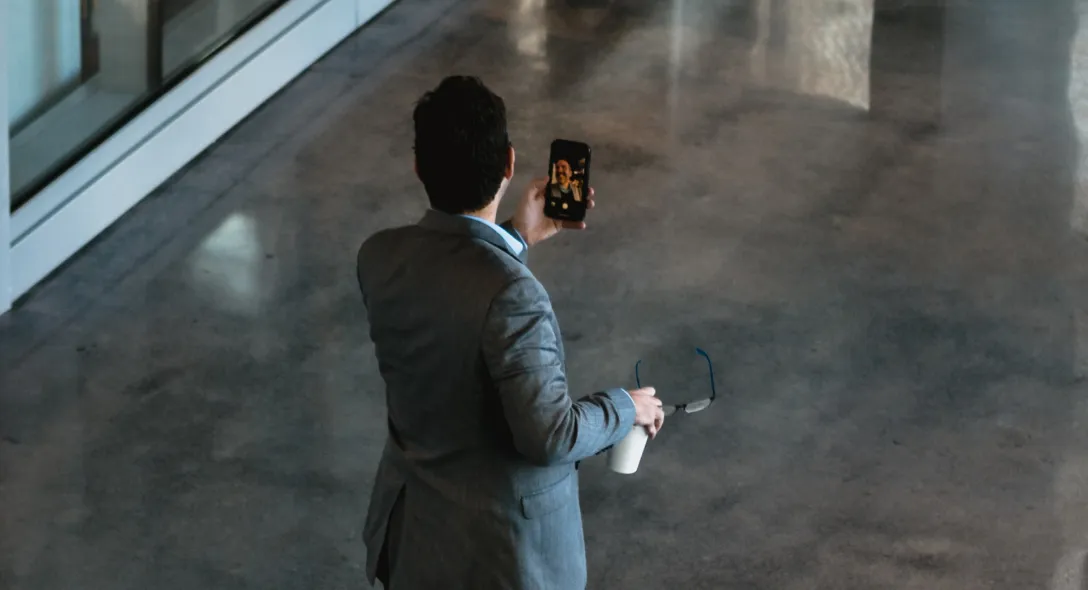This is the second week we are in quarantine and with everyone working from home, our remote work guidelines have made it work for us. Our team is productive, not burnt out and our spirits are well maintained.
But what has been working out really well are our standup calls. We do a full-team standup call at the start of the day and at the end of the day.
Why the standup calls have been working for us:
- The team gets to interact with everyone with videos on to chat for sometime. This helps the team not feel isolated.
- Better clarity on tasks when people can discuss their doubts and questions about the work assigned.
- Avoid overlap of work or miscommunication.
- Easier to connect and communicate with everyone at the same time.
- Clear goals for the day are set.
- Dependencies are sorted out and well planned.
- Improved productivity.
- Decide quickly if something is not working.
- Avoid back and forth communication that happens via email or messaging.
How to make it effective:
Our standup calls are generally 40 mins long for a team of 15 and on top of it, we have a 10 minutes buffer time for the team to settle in. It may sound like 50 minutes is a bit too long for a standup call. But if you look at the positives, this time is worth it. Rather than spending time in battling out work clarity over messages, this communication is transparent and quicker.
- Morning standup routine:
- 10 minutes for everyone to connect, greet each other and settle down.
- PM starts with a quick brief on the day’s goal and a summary on yesterday’s work.
- Individual work discussion. The PM will discuss the planned work for every individual one after the other and clearing off dependencies as we move along.
- The discussed tasks are added to the common board for everyone to follow and update.
- Evening standup routine:
- Individual status update on the tasks assigned
- High level discussions on roadblock to understand any delays and difficulties.
- A quick discussion on overall progress.
- General feedback on how the team feels and how we can improve.
Our hack:
We have a video conferencing link that is live throughout the day, for people to access anytime. We use zoom where recurring meetings have been scheduled through the week. Then and now people keep coming online to discuss work and take a break. We have tea together and sometimes, when our creativity takes over us, we play pictionaries over Figma. Not kidding. :P We have a handful of online activities we play.
One of main benefit of our standup routine is people have aligned towards working in sync and aiming for productive days, despite the #WFH madness. Our team has been very cooperative in making this work.👏🏽 If this helped us, it could help you too.
Subscribe to our newsletter
Get the latest updates from our team delivered directly to your inbox.
Related Posts
AI's ROI grows with time. You just don't realize that yet. Let's call it ROA.
Artificial Intelligence is at the center of today's innovation. Thanks to the disruptive capabilities powered by scalable machines. Here is a quick guide to calculate the return on investment on Artificial Intelligence and the impact it can have on your business. Specifically for the Middle East markets.
10 security measures you need to implement in your app NOW
Hacking in any amount isn't too much of a good thing. That's why it's important to protect your data as and when you can. Here are the top 10 ways in which you can beef up the security of your app.
6 Blockchain frameworks to build Enterprise Blockchain & how to choose them?
Let us help you list some of the open frameworks for blockchain (both public and private blockchain frameworks), that can help you develop your Enterprise Blockchain solution faster and better. Learn more.

